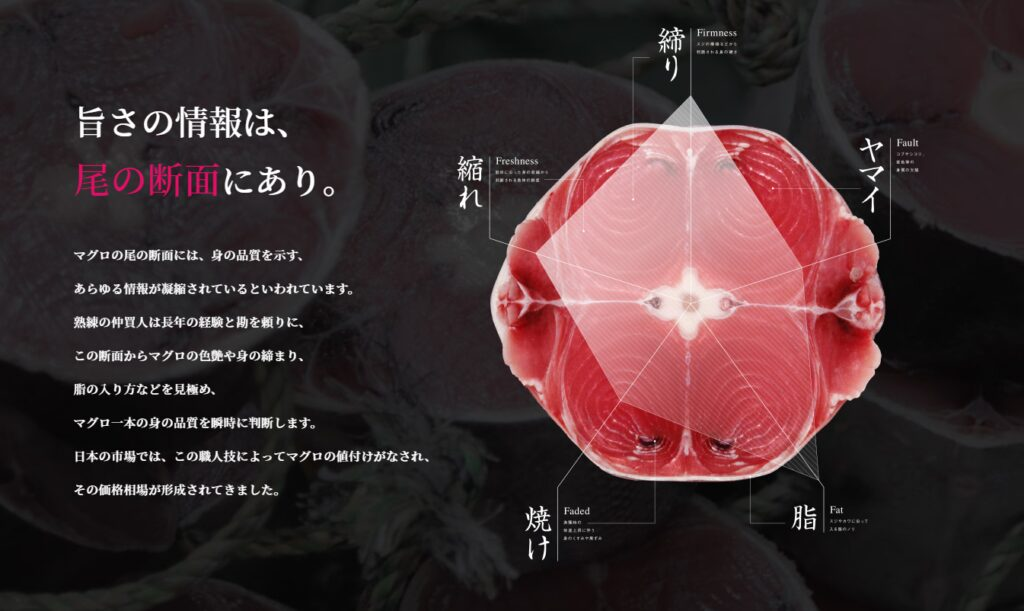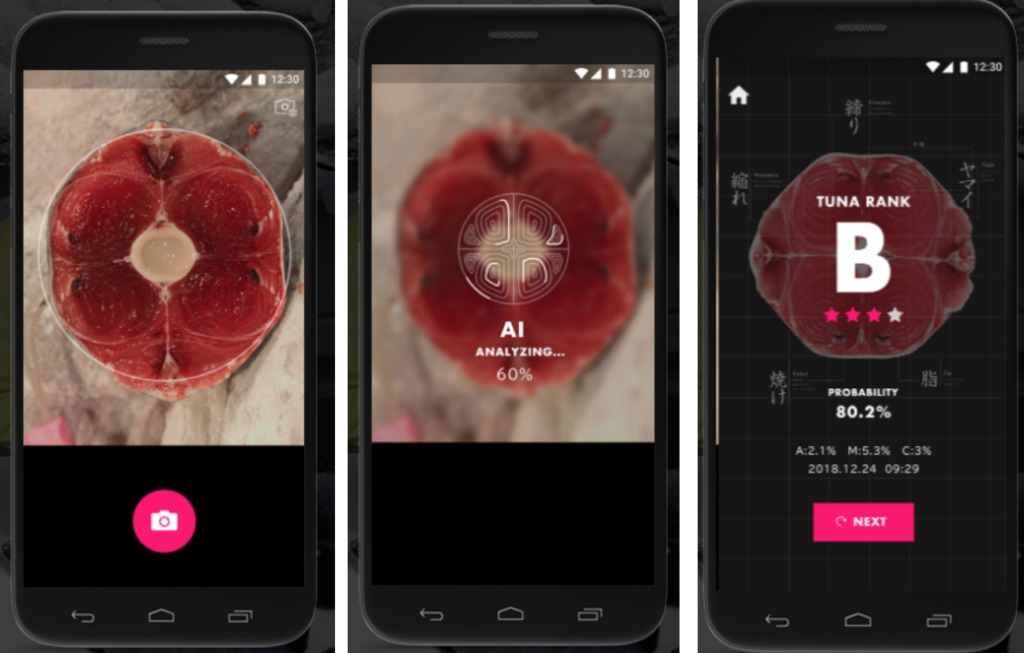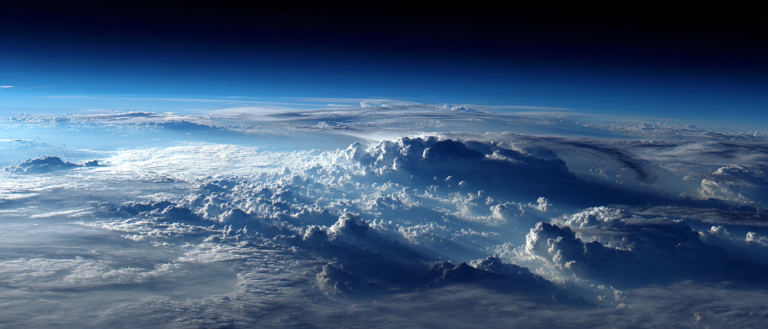Command Palette
Search for a command to run...
Tuna Scope Tuna Hunter: Become a Top Foodie and Get Started With Image Recognition

Japanese scholar Kazuhiro Shimura spent ten years to create an application that can identify tuna and give scores through image recognition technology. It has now been put on the market
Tuna, most species are huge in size, with the largest being 3.5 meters long and weighing 600-700 kilograms. They are distributed in the Atlantic, Indian, Pacific and Mediterranean Oceans.
Regardless of its status in the ocean, tuna is a common fish on the table. It has tender meat, high protein, low fat, low calories, rich in vitamins A, D and trace elements, and has extremely high nutritional value.
Global tuna consumption has increased from In 1950, the annual output was less than 600,000 tons, but it has increased to nearly 7 million tons per year today.It accounts for nearly 8% of the total global seafood trade.
Tuna: A delicious ingredient that dominates the oceans and on tables around the world
Most of the tuna production relies on deep-sea catching, with a small amount produced through artificial breeding.
Because tuna live in the deep ocean at a depth of 100-400 meters, and need to swim continuously at high speed. Even at night, they just slow down to rest.

The reason why tuna keep swimming is that they would suffocate if they stopped swimming. Tuna always keep their mouths open when swimming, allowing water to flow through their gills for breathing.
Tuna are the only large fish that can swim very quickly and over long distances, faster than the fastest land animal.After such high-intensity training, the tuna meat becomes tender, firm, healthy and delicious.
Tsukiji Market in Tokyo, Japan is known as the "world's largest tuna trading center" and holds a grand New Year's tuna auction around January 5th every year.

At the 2019 auction, a 278-kilogram bluefin tuna was sold for 333.6 million yen (about 21.11 million yuan), equivalent to 1.2 million yen per kilogram, setting the highest auction price record since 1999.
Using CV to score tuna
The reason why a high-quality tuna can be worth tens of millions is precisely because of the Japanese preference and persistent pursuit of tuna.
The frozen natural tuna currently circulating on the market is affected by different fishing methods, fishing grounds and on-board processing methods, which will affect the color, texture and freshness of the fish.

For this reason, Kazuhiro Shimura, creative director of Dentsu Group, one of Japan’s largest advertising companies, recently released his own research results: Tuna Scope uses image recognition technology to assess the quality of tuna.

Using image recognition to automate the step of tuna quality assessment can greatly simplify the identification work and select the most suitable products according to customer needs.
AI-selected tuna is a real treat
Last year, the Tuna Scope team held a unique offline tasting event. Tuna Scope selected a yellowfin tuna from among hundreds of yellowfin tuna.
In collaboration with Kakotaro, a well-known conveyor belt sushi restaurant in Tokyo, 1,000 plates of AI tuna sushi were produced in limited quantities, which gained great popularity and recognition from diners.

Tuna Scope was introduced into China at the end of last year, and also held a "fish identification competition" with experienced chefs from Dalian Shangsheng Food Co., Ltd.
The masters used the "craftsman spirit" they learned in the industry and the "AI capabilities" built through deep learning to select high-quality tuna from 5,000 kilograms of frozen yellowfin tuna.
The results showed that for tuna rated as the highest grade, the overlap between the chef and Tuna Scope AI was about 90%.
After several hours of quality assessment, the master expressed his deep impression of Tuna Scope’s performance.
Master Ishii said that even experienced craftsmen have different standards to identify. Relying on the experience accumulated from the cross-section of the fish tail is a long-term job and requires high concentration. Due to our physical condition throughout the day and the influence of the surrounding environment (such as brightness), errors will occur.
This veteran who has been in the industry for decades said that if AI is used in tuna assessment work from now on, it will one day leave humans far behind.
-- over--








